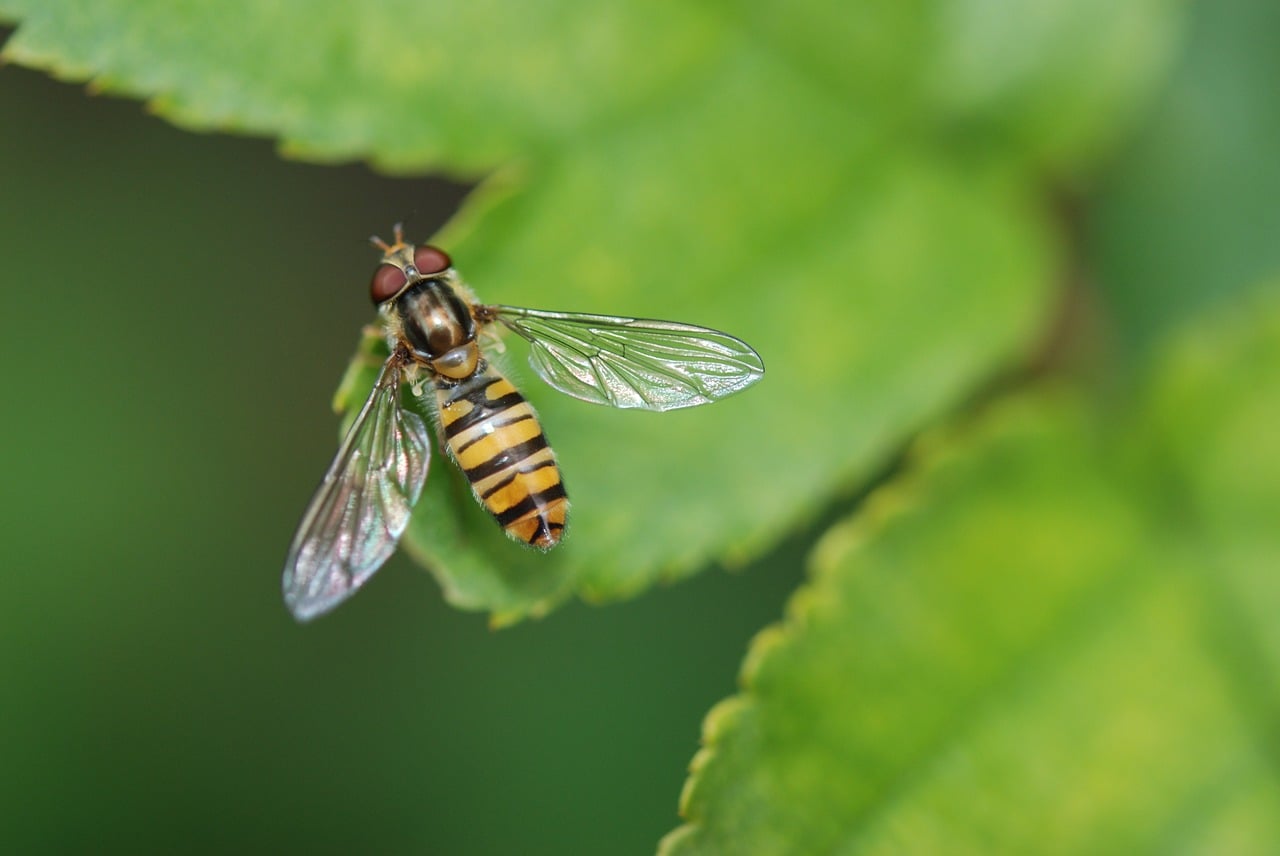Bee and wasp venom can be fatal for many animals and even humans who are especially allergic to it. However, a team of MIT researchers has now repurposed wasp venom to make new antibiotics.
The team conducted a detailed study on a toxin found in South American wasps. Based on the toxin’s properties, the team created different versions of a peptide which they believe could be used to produce new antibiotics to treat various diseases.
The team tested the peptide on mice. They found that the strongest of the peptides they created was able to cure Pseudomonas aeruginosa, a bacteria responsible for many harmful respiratory infections which are resistant to many antibiotics currently in use.
“We’ve repurposed a toxic molecule into one that is a viable molecule to treat infections,” MIT postdoctoral researcher Cesar de la Fuente-Nunez said in a statement about the study. “By systematically analyzing the structure and function of these peptides, we’ve been able to tune their properties and activity.”
The study was published in the journal Nature Communications Biology.
The immune systems of humans and many animals manufacture peptides to fight off bacteria. However, given the resistance of evolving bacteria to current treatments, scientists wanted to change these peptides so they could create new antibiotics.
The peptide they studied came from the Polybia paulista species. It consists of only 12 amino acids, but researchers believe that’s sufficient to create new versions of the peptides which can be tested against harmful bacteria. When they repurposed the wasp venom, their aim was to create a medicine which would be harmful to the bacteria causing infection but harmless to humans.
“It’s a small enough peptide that you can try to mutate as many amino acid residues as possible to try to figure out how each building block is contributing to antimicrobial activity and toxicity,” de la Fuente-Nunez said.
This venom-derived peptide is believed to also be able to destroy bacterial cell membranes. For the first half of the study in which they repurposed wasp venom, the researchers made a dozen variants of the original peptide. Then they tested each variant to observe the effects they have on cell membranes.
Next, the team tested the peptides against seven types of bacteria and two of fungus so that they could study their structures and antimicrobial potency. Scientists hope they’ll be able to create more variants of the peptides and cure more infections without using large doses.
De la Fuente-Nunez plans to continue applying the repurposed wasp venom from the study to naturally-occurring antimicrobial peptides. He hopes to contribute to the development of new antibiotics when he becomes a University of Pennsylvania faculty member.
“I do think some of the principles that we’ve learned here can be applicable to other similar peptides that are derived from nature,” he said. “Things like helicity and hydrophobicity are very important for a lot of these molecules, and some of the rules that we’ve learned here can definitely be extrapolated.”





